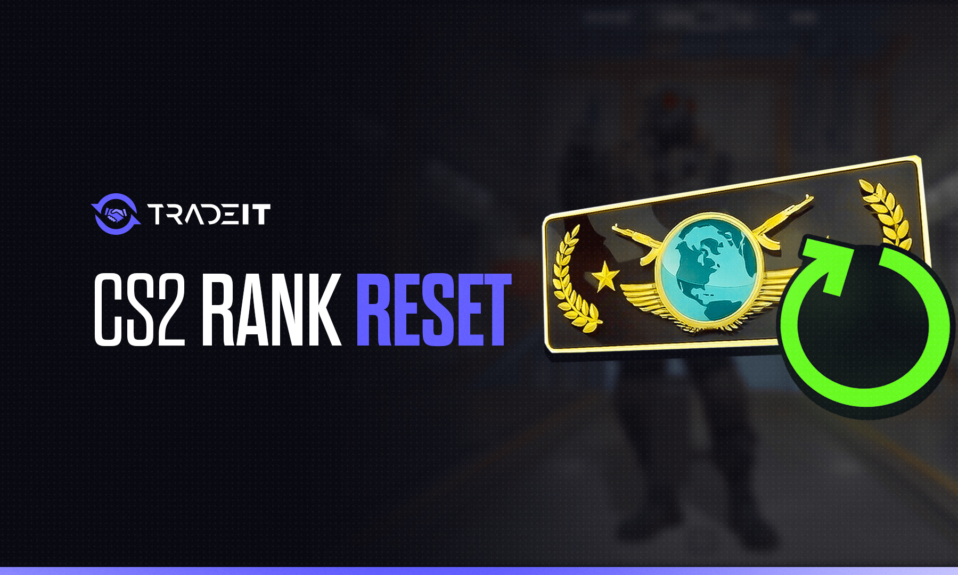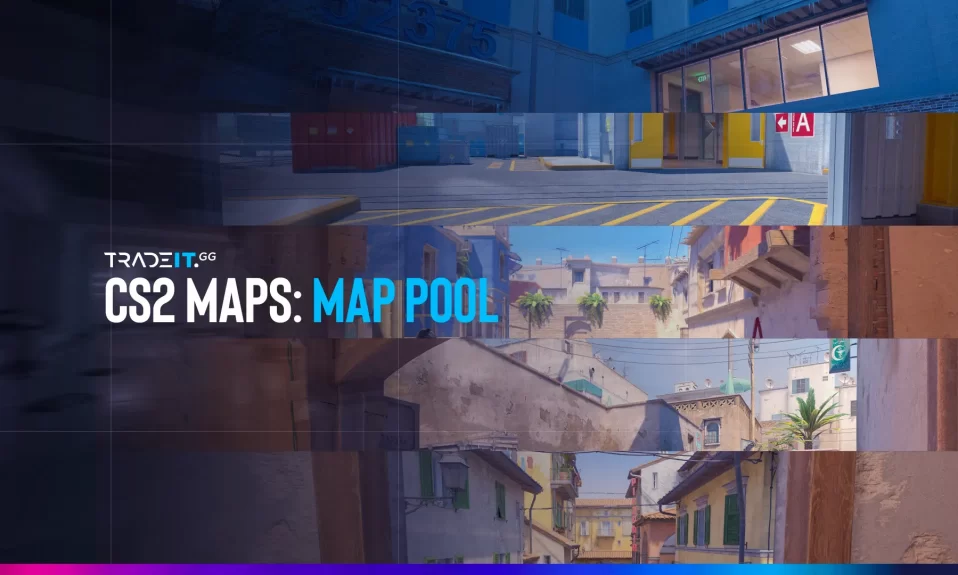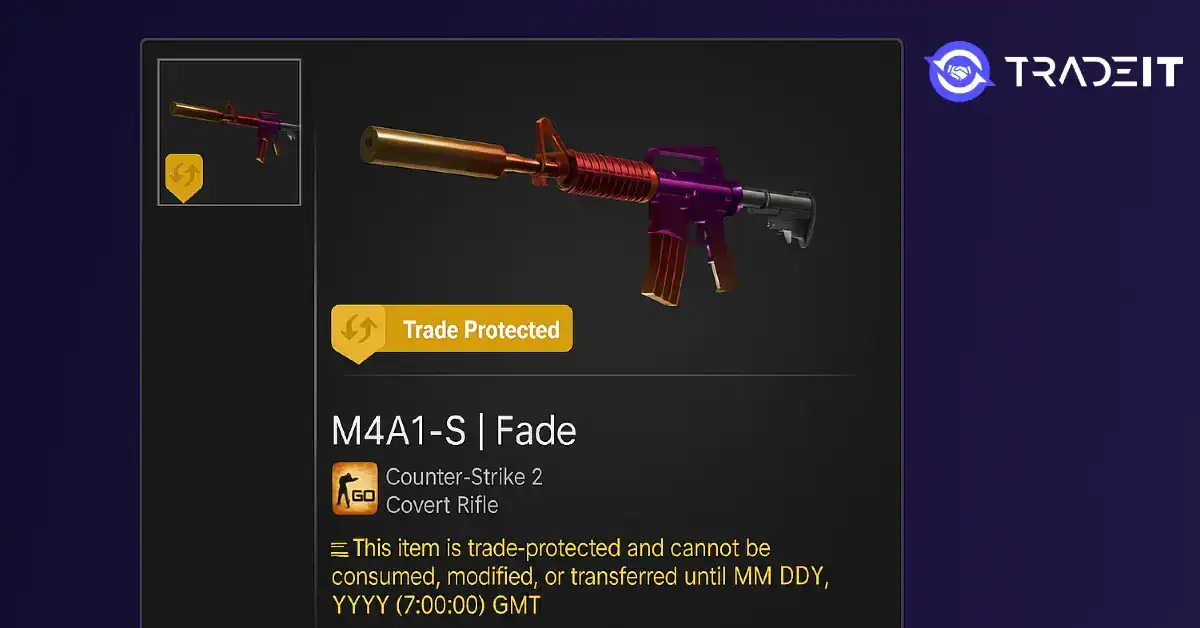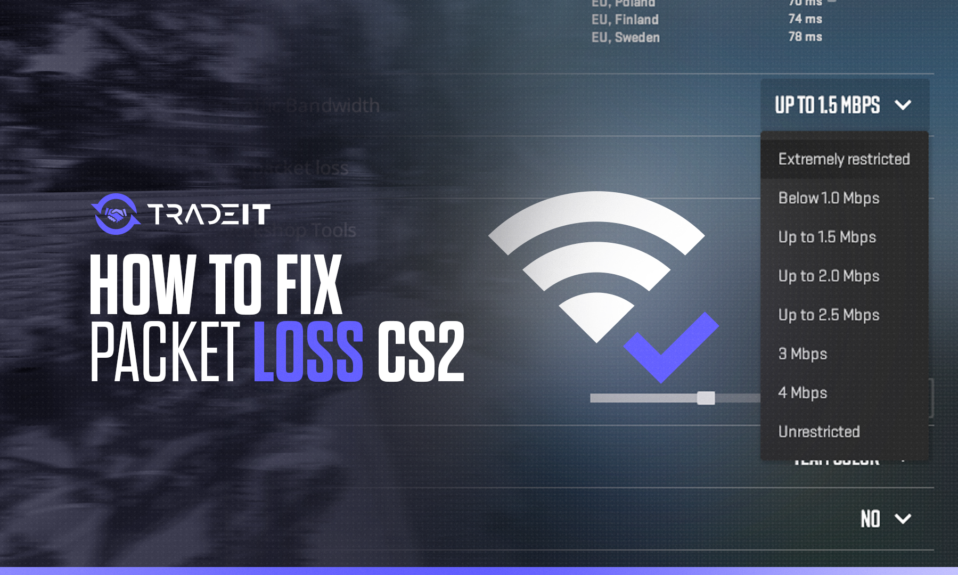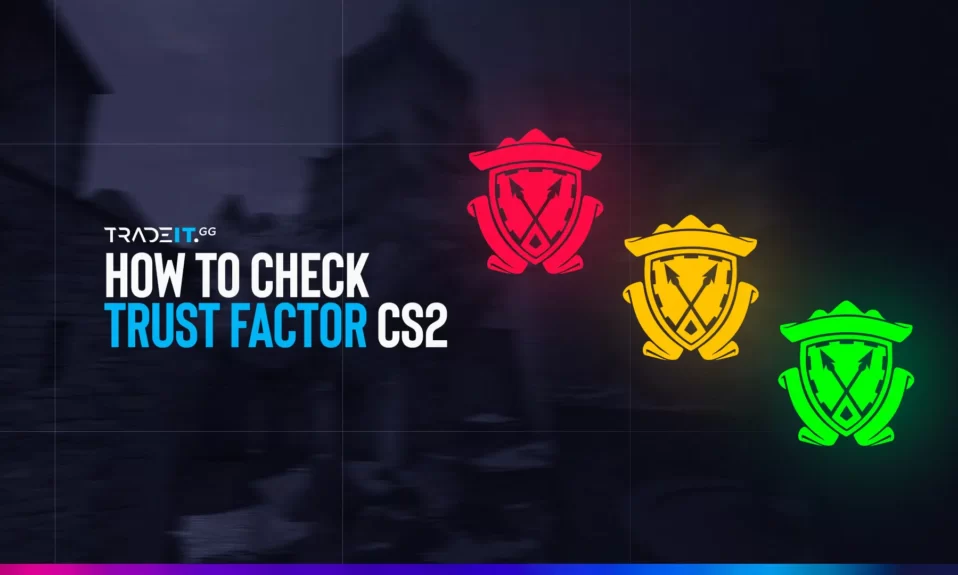
In Counter-Strike 2, your skill level isn’t the only thing that affects matchmaking. Valve also uses a hidden metric called Trust Factor – an invisible score that determines who you get matched with. If yours is low, you’ll likely run into cheaters, toxic players, or longer queue times – even if you’re playing well.
Nobody knows for sure how the Trust Factor works in CS2, but it’s not hard to guess how it is calculated. In this guide, you’ll find out all you need to know about this issue.
Key Takeaways
- Trust Factor = hidden reputation based on in-game reports, Steam history, bans, and chat behaviour.
- Higher trust means faster queues, cleaner comms, and fewer hackers.
- Staying positive, avoiding bans, and keeping an active Steam profile are the fastest ways to climb.
1. What is the Trust Factor?
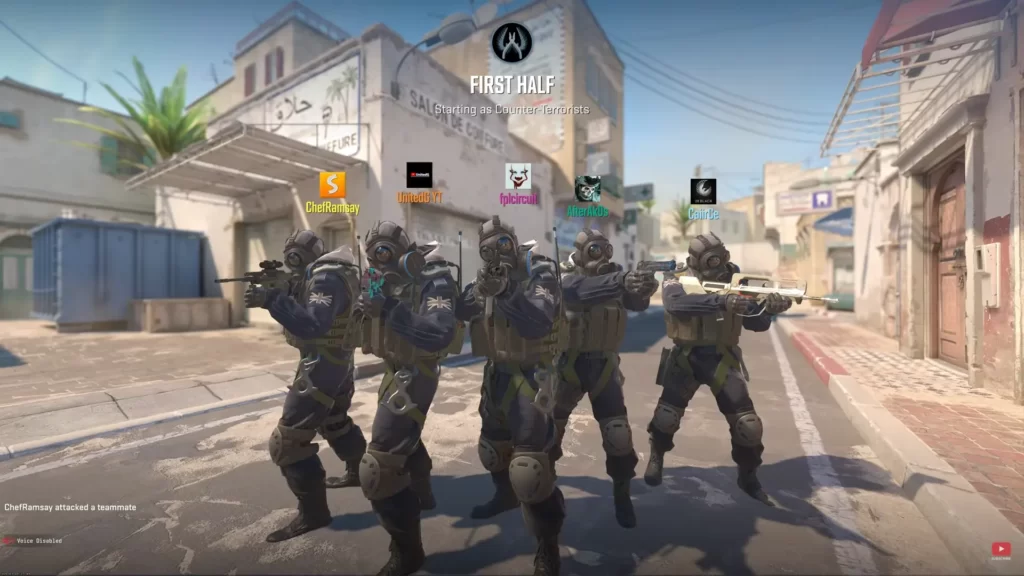
Trust Factor in CS2 is Valve’s behind-the-scenes system for matching players. Valve never published the formula, but the community agrees it tracks:
- Reports for griefing or cheating
- Game bans (VAC, Overwatch, trade)
- Voice/text toxicity flags
- Steam account age, level, and purchase history
- General behaviour across all Steam games
Valve, the developer of CS2, has kept the criteria for how Trust Factor is determined under wraps, challenging players to consistently display good behavior, not just in CS2 but in all Steam games, to achieve a high Trust Factor.
Trust Factor’s Role in Matchmaking
Trust Factor pairs you with players who have a similar level of trust in Valve’s system. That’s why two players with similar ranks can have completely different matchmaking experiences. A high Trust Factor means fewer toxic players, better comms, and fairer games. A low one? Expect chaos.
It is believed that it also goes the extra mile to pair players with comparable trust factors, thereby enhancing the overall match experience.
Valve’s Trust Factor considers the historical interactions and behavior of new players, not only within CS2 but also within the entire Steam platform.
A positive history significantly enhances your initial Trust Factor, underlining the significance of maintaining consistent and positive interactions across all Steam services.
2. How to spot your (hidden) score
You can’t see your exact Trust Factor score. Valve keeps that info private. But you’ll notice clues:
| Sign | What it suggests |
|---|---|
| Friends see “Your party member has a lower Trust Factor” | You’re dragging them down |
| Queues take 5+ minutes at off-peak times | Maybe low trust |
| Every other match has rage hackers or mic spam | Definitely low trust |
| Quick queues and calm teammates | High trust—keep it up |
The best way to “check” your Trust Factor is to look at the quality of your matches and how quickly you find games.
3. Fast ways to raise the Trust Factor
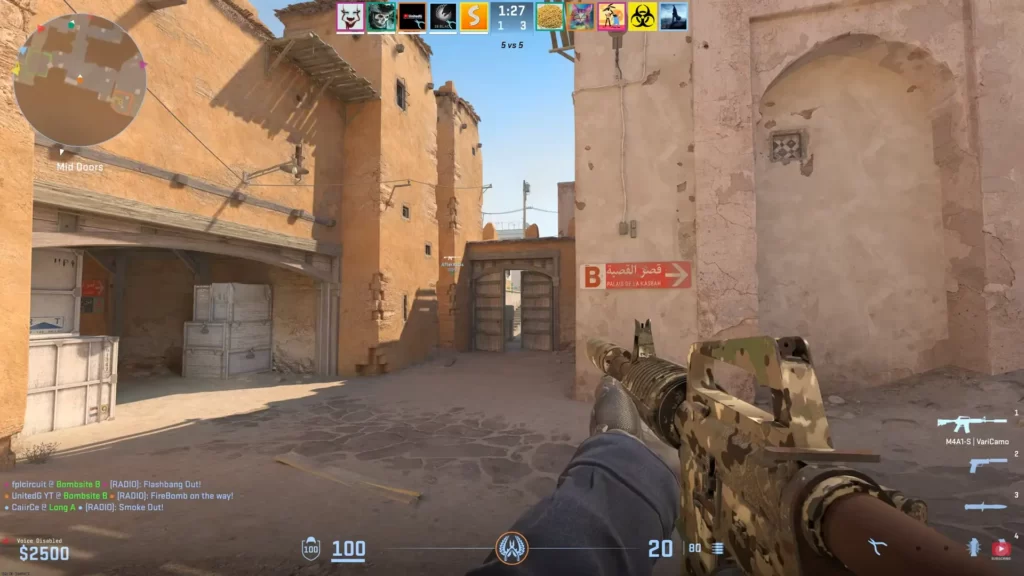
- Play clean: zero cheats, zero griefing, minimal team damage.
- Use voice like an IGL, not a rage mic.
- Up your Steam level: craft badges, review games, earn profile XP.
- Stay active: legit hours in multiple Valve games look trustworthy.
- Prime Status: still the easiest instant boost in 2025.
Do’s and Don’ts to Boost the Trust Factor
| ✅ Do This | ❌ Avoid This |
|---|---|
| Stay active on your Steam account | Getting reported often |
| Use voice chat respectfully | Griefing or trolling teammates |
| Level up your Steam profile | Playing on brand-new accounts |
| Buy and play legit Steam games | Using cheats or third-party tools |
| Join CS2 or Steam discussions | Insulting players or rage-quitting |
4. Strengthen your Steam profile
Your Steam account is a big part of your Trust Factor. A low-level or brand-new account with minimal games or VAC history might get flagged more often. To build credibility:
- Public profile: Let Valve cross-check hours and achievements.
- Own a few paid games: free-only libraries raise red flags.
- No VAC or trade bans ever: these scar your Trust Factor permanently.
- Join groups & discussions: positive votes and comments help.
A clean profile today pays off for every future Valve title, too.
In 2025, scammers and cheaters still try to fake accounts, and Valve watches for those patterns. A clean, active Steam profile is the easiest long-term boost.
5. Prime Status still worth it?
Yes. Buying Prime unlocks rank medals and puts you in the top trust tier instantly. In 2025, non-Prime queues remain a playground for wallhackers and spin-bots farming new accounts.
In 2025, Prime Status is still considered the “entry ticket” to serious matches. If you’re not Prime, you’re more likely to get matched with cheaters, smurfs, or low-trust players.
6. Recovering from bans
- Major VAC ban: Trust hit is permanent; create a new main or accept a low-trust life.
- Game ban for griefing: Cool-down ends, but trust damage lingers for weeks.
- Overwatch conviction: Takes months of clean play to heal.
The earlier you stop bad habits, the faster the algorithm forgives.
Your hidden Trust Factor often matters more than raw aim. Play clean, level your Steam account, and talk like a teammate. Do that, and you’ll leave low-trust chaos behind.
Frequently Asked Questions
Yes, Valve confirmed it in every patch note that mentions matchmaking.
Indirectly. Low-trust lobbies have more throwers, making rank-ups harder.
You can’t. Only queue quality and Valve’s warning pop-ups reveal clues.
Probably. Keep it public unless you need privacy for other reasons.
Other Topics You Might Be Interested In
- See a complete list of CS2 skins on Tradeit.
- Discover the most expensive CS2 skins.
- Discover the cheapest CS2 knife.
- Learn about the best knives in CS2.
- Discover the most expensive CS2 knife.
- Discover the cheapest CS2 skins.


